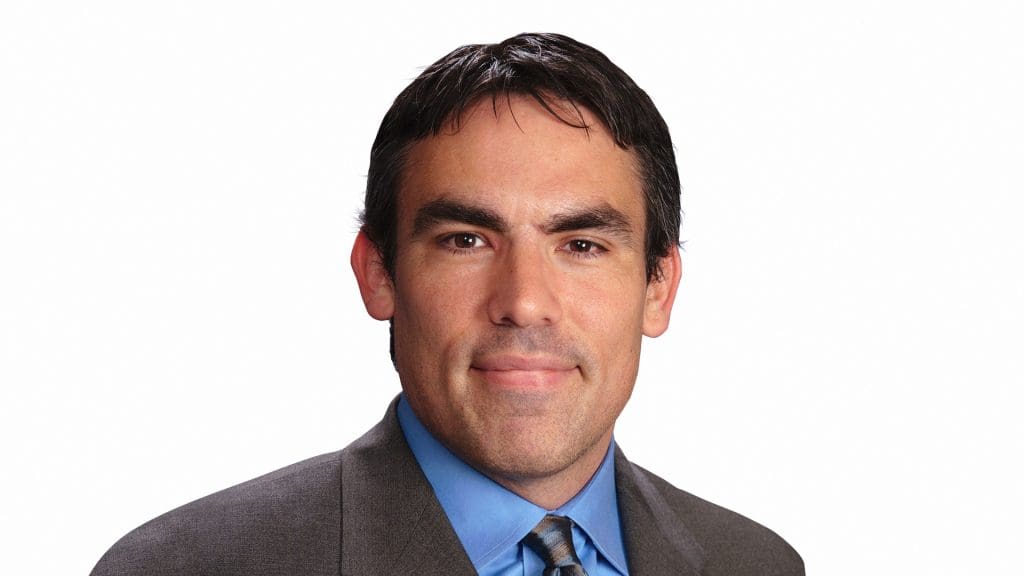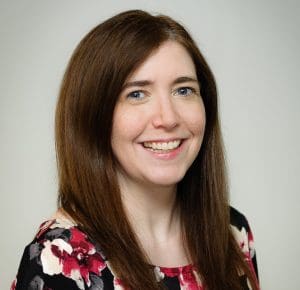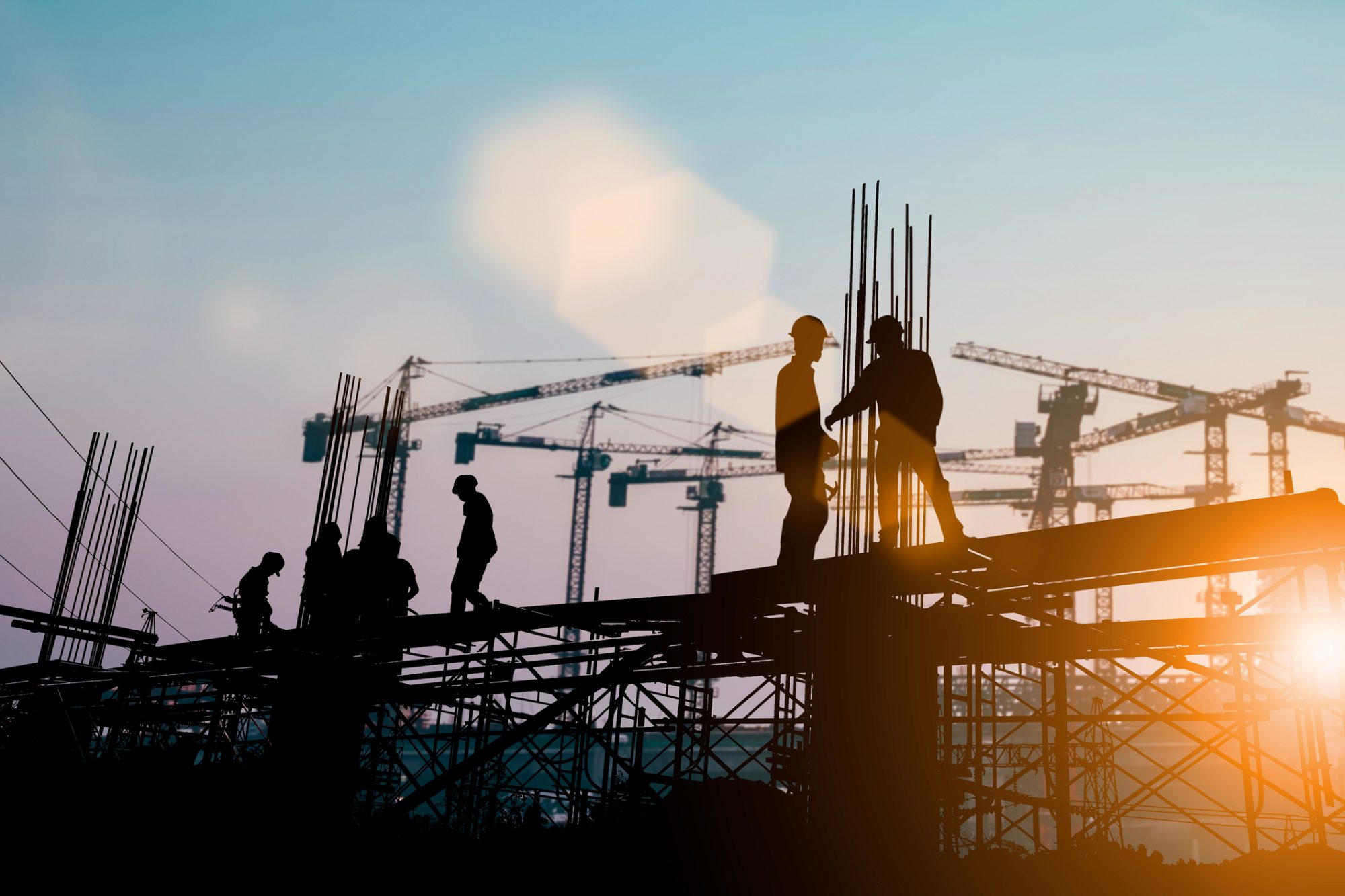PBC Today’s Harriet Clough sat down with Josh Taylor and Jana Miller from Bentley Systems at the Year in Infrastructure and Going Digital Awards event
36 finalists from across the world gave presentations at the Year in Infrastructure and Going Digital Awards event, showcasing structural engineering ingenuity and much more.
HC: Hello. So, I’m here with Jana Miller and Josh Taylor from Bentley.
How are you both finding YII 2023?
JT: Excellent. I loved the keynotes this morning. I always love the finalists’ presentations. I’m a little bit biased towards the structural engineering category, of course, as that’s where most of our users’ projects are submitted, but I really think they’re a great resource. There are a lot of great details in the presentations. I always learn a lot from them.
JM: Hearing what users have done with our software is so exciting. One of the interesting things this year is that for the structural engineering category, all the finalists were using STAAD. However, none of the projects were buildings. It’s exciting to see that we’re empowering our users to do new things.
What do you think is exciting about the finalists?
JT: The use of AI. For example, the integrated shelter and pipe rack design solution that Hyundai developed stood out to me. They had their own AI solution in which STAAD played a part. They used the STAAD programming interface as a means of connecting the different components in their solution.
I would also mention the Coronation Pillar wastewater treatment project that L&T Construction presented. One of the things we can take from that presentation is that engineers are more willing to use software to take a closer look at things than they used to.
For example, a water treatment facility is something that engineers often used to design just using rule-of-thumb methods, or maybe just tables in a reference book. But now, the fact that they adopted finite element analysis to study how the loads are moving through the structure to reduce material is noteworthy. They referenced the land savings that they were able to achieve using the software, which would speak a lot to what can be achieved using a digital approach.
It’s been iTwin’s year. I think one of the speakers said that its presence has risen by 64%. Why do you think it’s been the star of the show this year?
JT: Well, there is a lot of valuable project information relevant to decision-making that engineers and designers produce. It’s still the case that too much of this information is trapped within the stand-alone applications that they use. iTwin is helping to get us past this. It’s a means for greater visibility into the value that structural engineers deliver to a project.
I can say that from the standpoint of our engineering simulation department, when it comes down to it, we’ve taken many measures to simplify the whole process of creating an iTwin from within our engineering applications. The mere fact that you can publish an iTwin from a model that originated in STAAD, SACS, RAM, AutoPIPE, and similar analytical software, and then place that alongside an iTwin that came from any other source, is in itself a big step.
I also think that the industry is understanding the value of digital twins a little bit better. The coordination aspects and some of the things that the iTwin allows engineers to leverage is amazing. And I think that’s a great trend. I hope it accelerates.
Where do you see Bentley’s products driving the future of infrastructure?
JT: We’ve put more of a focus on large multivariable problems that five years ago may not have been possible in the software. With cloud computing, for example, we can offload processes to the cloud and, therefore, use more sophisticated algorithms within the software to tackle problems that are not feasible with your standard desktop computer.
The offshore wind sector offers some good examples of these problems. A floating offshore wind platform is an amazingly complex system. It’s loaded by the wind, the actions of waves and currents, the forces of gravity, and buoyancy. You have all these forces acting on the system. There’s a huge number of variables to consider in evaluating its response.
For other elements, such as post-tensioned floors and buildings, we’re opening new doors in using genetic algorithms for optimisation. I think just being able to tackle these large multivariable problems is one of the directions we’re going, in the name of driving material savings and efficiency.
Projects increasingly must factor in extreme weather in design and development. What sort of accommodations are you seeing?
JT: The way that engineering design standards evolve paint a pretty good picture of what’s important in the structural engineering community’s minds. By watching where the design standards are going, even before they become formally adopted into codes, you can see the lessons that have been learned and how the engineering community is reacting to those lessons.
This is kind of a United States-centric observation, but for the first time ever, a section in the International Building Code is going to be dedicated to tornado loads. If you think of some of the tornado outbreaks that have happened over the past decade in the U.S., that’s indicative of how changing weather patterns are affecting structural design.

There’s a trend toward a more sophisticated approach in straight-line wind design, as well. The performance-based design approach is something that’s usually just been applied to earthquake design, but industry experts are developing provisions to apply performance-based principles to wind events. Again, this is in recognition of the need for a more comprehensive approach to designing structures for severe weather events like hurricanes and typhoons.
JM: Another thing that is going to support long-term resilience and sustainability is using less materials in designing a building—that’s going to reduce carbon emissions because they’re going to need less concrete.
JT: I think we’re also going to see continued innovation in the types of materials and framing systems used. It’s not just your ordinary steel and concrete framing systems anymore. Wood is being used in situations that otherwise would have been built with steel or concrete—for example, in high-rise buildings. The use of recycled materials and new concrete mixes aimed at reducing carbon emissions. It’s exciting to see how innovative the engineering industry profession is becoming in the advancement of infrastructure with the uses of these new concepts and techniques.
How are you working directly with users to ensure they maximize potential in their designs?
JT: One challenge that engineers have is just keeping up with all these technological advancements. I mean, the number of things designers need to stay current on—just from the technological standpoint alone.
We want to make sure that we make it as easy as possible for engineers to move to new versions of the software.
One way that we’ve done that is by giving users access to the same engineering result validation that our own developers use. It means that users don’t have to spend weeks validating the software for their internal use—they can run those exact same tests within the product release itself and see the results for themselves in a much shorter time frame.
JM: And why are they validating the software before they start using that new version?
JT: They just need to make sure that the new release of a product is benchmarked against the results that they would expect. Some organizations have a library of their own test models that they keep. Some of our users have said, “Well, if you supply your own library, that’s good enough for us,” and so, that’s what we’ve done. I think our users will find this very helpful in transitioning to new releases of the product.





![[Video] Fireco: 80 new fire doors required for residential flats in London](https://www.pbctoday.co.uk/news/wp-content/uploads/2025/04/2024-06-01-Lords-view-one_1200x750_004-218x150.webp)








